 RYAN MATTHEWS
.
August 09, 2022
.
All Feature Vehicles
RYAN MATTHEWS
.
August 09, 2022
.
All Feature Vehicles
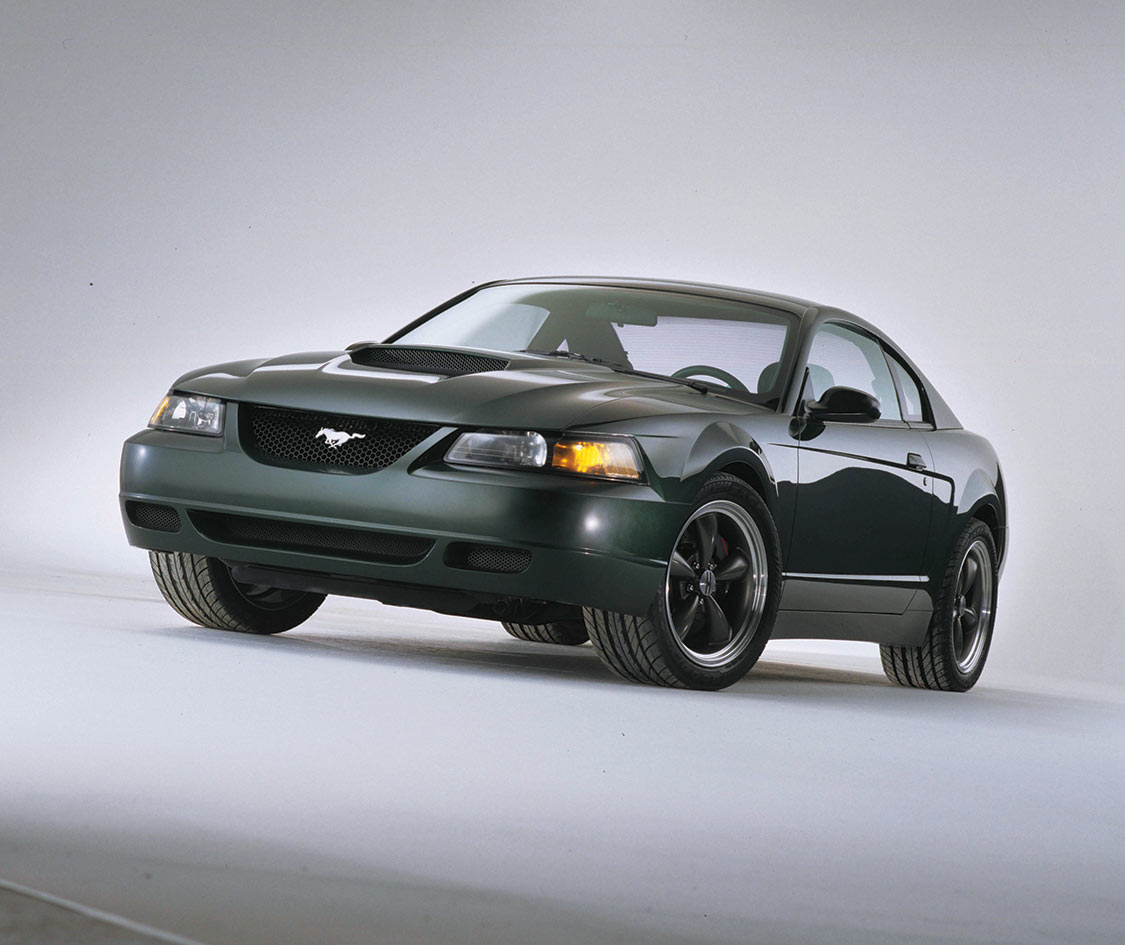
Throughout the past 20 years, few markets have been able to outperform the rise in American muscle car values. In the face of an economic meltdown, falling stock prices, collapsing European values, massive foreign trade deficits and conflicts aboard, prices for post-1972 coupes, hardtops and convertibles continue to skyrocket.
Not since America was taken off the gold standard has anything steadily increased in value like these once discarded hunks of horsepower and metal. It’s been a remarkable ride that has left many a broken dream in its vortex. Many makes and models are now out of enthusiasts’ price ranges.
One needs only to step back into history to find where the acceleration began. Motion pictures and television played a big part in shaping the current marketplace. What was seen on screens big and small embedded into the psyche of impressionable teens and young adults the idea of the muscle car. In theaters, “Smokey and the Bandit,” “Vanishing Point,” “Two Lane Blacktop,” “Gumball Rally” and “Dirty Mary Crazy Larry” all featured fast cars. TV, shows like “Route 66,” “The Dukes of Hazzard,” “Knight Rider” and “Mannix” all featured cars that would become highly desirable in the decades that followed.
From the turn of the 21st century, pre-1972 Plymouth and Dodge models have experienced the most meteoric ascension. It all started with the Plymouth ’Cuda. That quickly led to the rise in popularity of the Challenger. As those E-Body cars became scarce and expensive, it elevated the interest in B-Body models, like the GTX, Super Bee, Road Runner and Coronet. Soon those models reached collector car status, which put the Post 1972 A-Bodies (Duster and Demon) on the watch list.
In the GM camp, the demise of the Pontiac and Oldsmobile brands greatly affected the value of Chevrolet muscle cars. The 1970-71 Chevelle models have experienced significant jumps in value in the past five years. Don’t even think about a first generation Camaro unless your budget begins at 30k.
Ford Mustangs, especially 1965-67 and 1969-70 premium models, have been steady climbers at auctions. A few SN-95 versions, such as the Cobra R, have also shown healthy increased values.
The question now is, which American muscle cars are poised to increase in value during the next 24-36 months. After reviewing current trends and analyzing data from the major auction houses, here are 10 cars that may be at the low end of their value pendulum. In other words, these are vehicles to seriously consider buying now before the market pushes them to the next price plateau.
The market is gaga over the ’70 Chevelle. This has affected the prices of 1968-69 models as well. However, the 1964-67 Chevelles can be had for less than $15k. True, the SS models will demand a bit more, but these cars are way undervalued. The ’64 offers an excellent platform to restore or modify. It’s light and unencumbered with trim and useless options. It has plenty of engine bay space to transplant anything your budget can handle. Rear wheel well clearance is a bit challenged, but it has excellent bodylines and plenty of aftermarket support.

These were big, bulky and likely the type of car your grandfather would have driven. That being said, these are the reasons the mid-’60s Chevrolets are still somewhat affordable. The two-door and convertible models are becoming more soughtafter; so, if you’ve been on the fence about adding one of these land yachts to your collection, now is the time to act. Hardtop and sport coupes are pretty common gets for between $9-15k, with convertibles fetching from $15-30k. Finer examples are getting north of $35k. High production numbers means that there are plenty of parts, and what you can’t find at an auto swap the aftermarket likely has.

Perhaps the biggest bang for the buck is the 1964-67 Chevrolet El Camino. These half-car, half-truck vehicles are drastically undervalued. Essentially, these are two-door Chevelle wagons with the rear roof cut off. The aftermarket support is all there, and the performance options are endless. There is also no judgment or guilt that comes along with modifying one to your heart’s content. Issues with the models are that these cars were ripe for abuse, and rust issues in the bed, tailgate and rear body panels are common. The ’67 will likely command the highest future values. Prices for survivors begin under $7k with very good drivers around $10-15k. Sure, they’re not as sexy as a Chevelle, but they are a bit easier on the checkbook.

The Mercury brand has drifted into the dark void of history. In the ’60s, the Ford cousin had some pretty cool performance cars, and a handful remained high on collectors’ lists. But, models like the Comet are still under the radar. The ’65 model, especially the Cyclone, is an ideal platform for everything from a Pro-Touring to a Gasser. Some exterior and interior trim is getting hard to come by, as are selected body panels; however, since the Comet shares so many mechanical components with the Falcon and Mustang, a little searching will allow you to find most at reasonable prices. It is not unusual to find these cars in acceptable to good condition for around $7k. For now, the ceiling is around $15k, but that won’t last long.

This is what happens when you’re born two years too early and your brand gets pushed into oblivion. The 442 was the upper crust version of the Chevrolet Chevelle SS and Pontiac GTO. In 1968, it was more refined and better sorted out than either of its GM stable mates. Fast forward 20 years and the market just didn’t care. If it were a ’70 442, things would have been different, but the ’68 suffered from an identity crisis—bad for it, but good for us. These are very affordable muscle cars. Even fully restored versions have sold for less than $35k. Donor and daily drivers have been spotted for less than $10k. Shared components with like GM models makes for an easier revival process.

From the bottom of the Plymouth food chain came the Duster. The model was the ignored member of the family for nearly four decades. However, because all of the other Plymouth models have jumped into the stratosphere, the only model still in the affordable start-up category is the Duster. Time will tell, but the Duster is a great-looking car with boundless possibilities. Decent aftermarket support, reasonable structural integrity and a common buy-in of $5-10k make this is an excellent entry-level project. The 340 versions are starting to approach the $25k milestone.
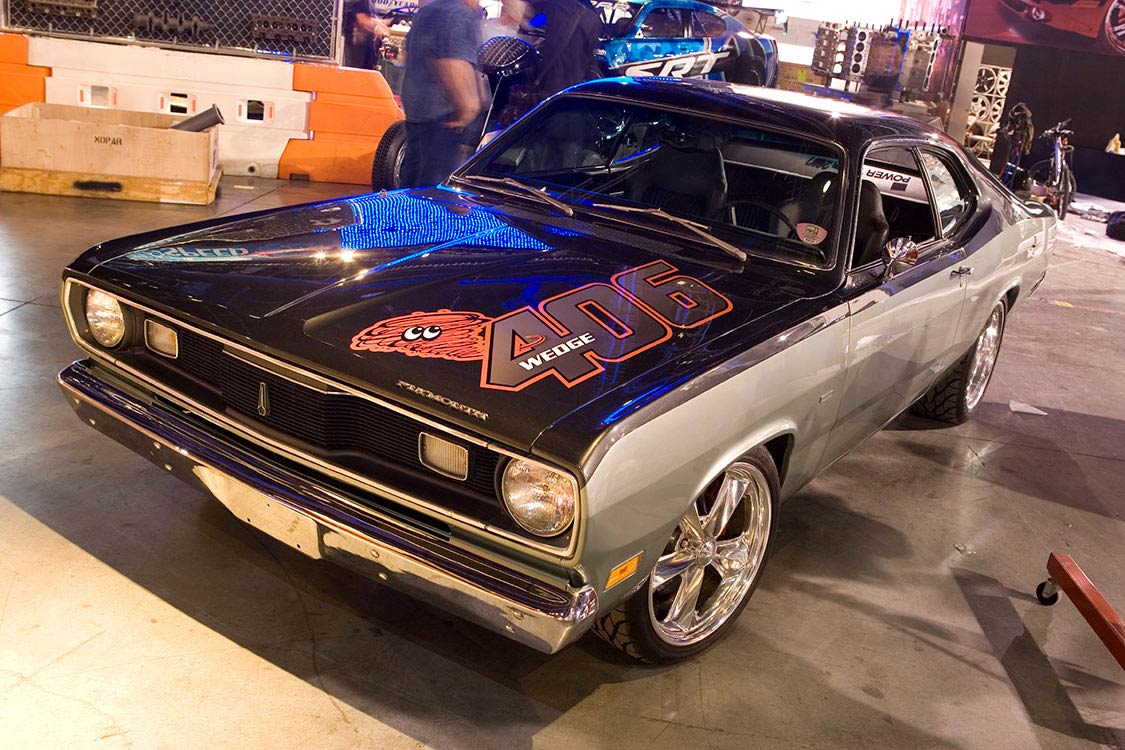
Throughout the past few years, 1968-72 Corvettes have hit their stride, especially the LT1, 427 and 454 models. This brings us to the 1973 model. By this point, horsepower was way down, but the ’73 offered a very special, one-year-only style feature that will make it one of the more valuable of all C3s: It’s the only year with a urethane front nose and split rear chrome bumpers. For now, the ’73 is in the $10-20k range.
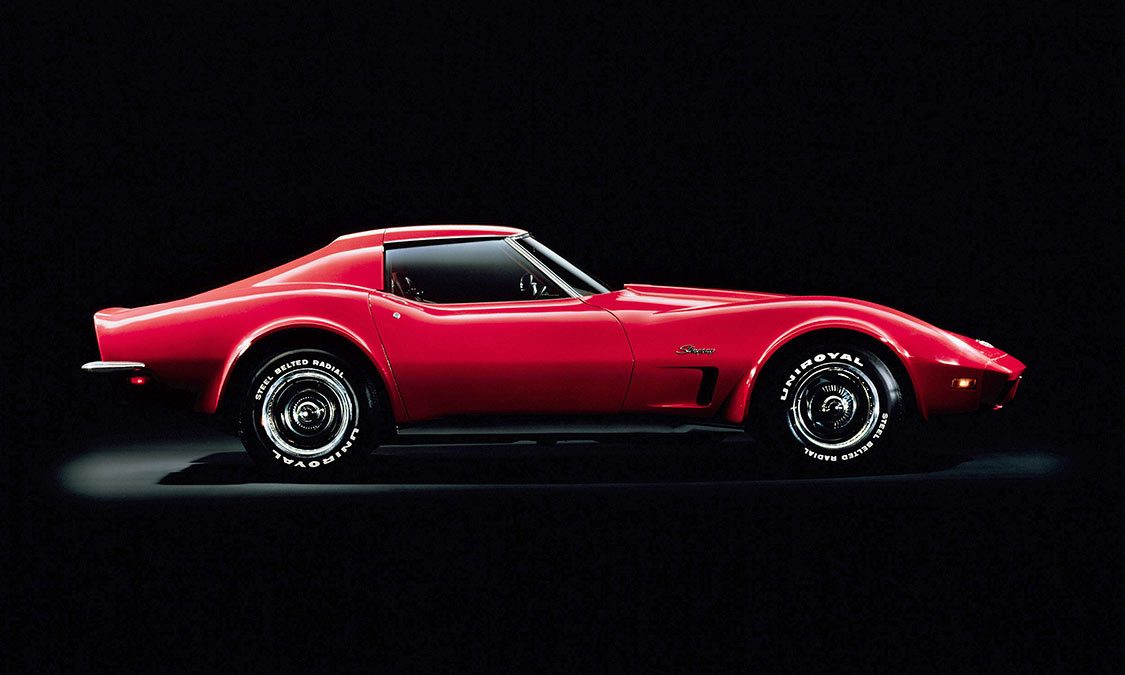
Before anyone goes off the rails, the much maligned Mustang II Cobra was a car ahead of its time. With a detuned 302-cid V-8, it was as quick as the Corvette of the same year. The stripes, spoilers and louvers made it a sexy little thing. Four decades later, Mustang IIs should be a dime a dozen. This keeps the special version very affordable, like in the under $5k range. The downside is that a lot of these cars were scrapped or crushed, so some parts are hard to come by. The good news is that a lot of these cars were scrapped or crushed, which makes those that are left potential classics. The inline-four and V-6 models make excellent V-8, Pro-Street cars.
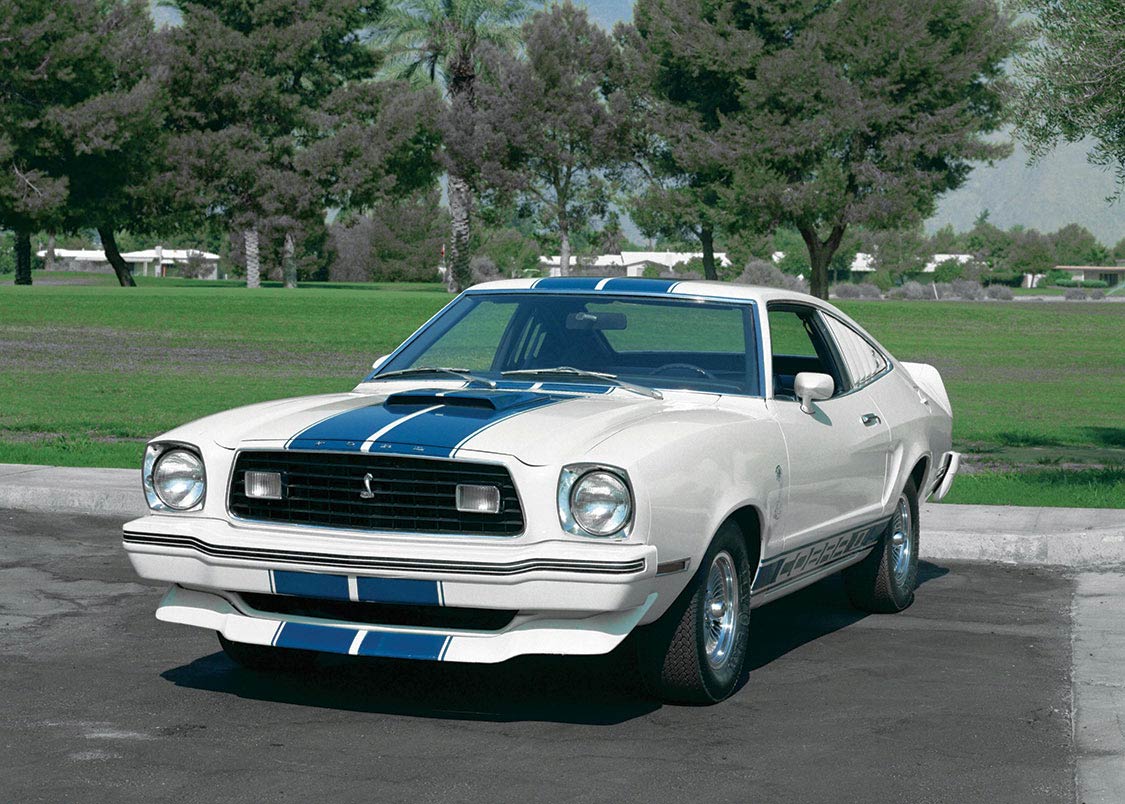
Early in the century, Ford did a lot of things right. The Bullitt Mustang falls into this category. Dressed with special interior and exterior trim, improved suspension and engine performance with a unique exhaust note and clothed in a special paint code (also available in black), this was a collectible right out of the box. Fifteen years later these models have hit what will be the floor of their value. Grounding out between $8-15k, don’t expect decent examples to get much lower. The challenge is finding one that hasn’t been abused.

The final muscle car on our Get List is another one of Ford’s right decisions. The Mach 1 edition was all about appealing to the adult buyer. This is the reason the floor values for these cars happened three years ahead of schedule. This makes the time to consider picking one up an urgent matter. The price for a Mach 1 with reasonable miles and some signs of normal wear and tear ranges between $10-14k. However, since a disproportionate number of these cars were originally sold to more mature demographics, pampered versions are bringing north of $15k.
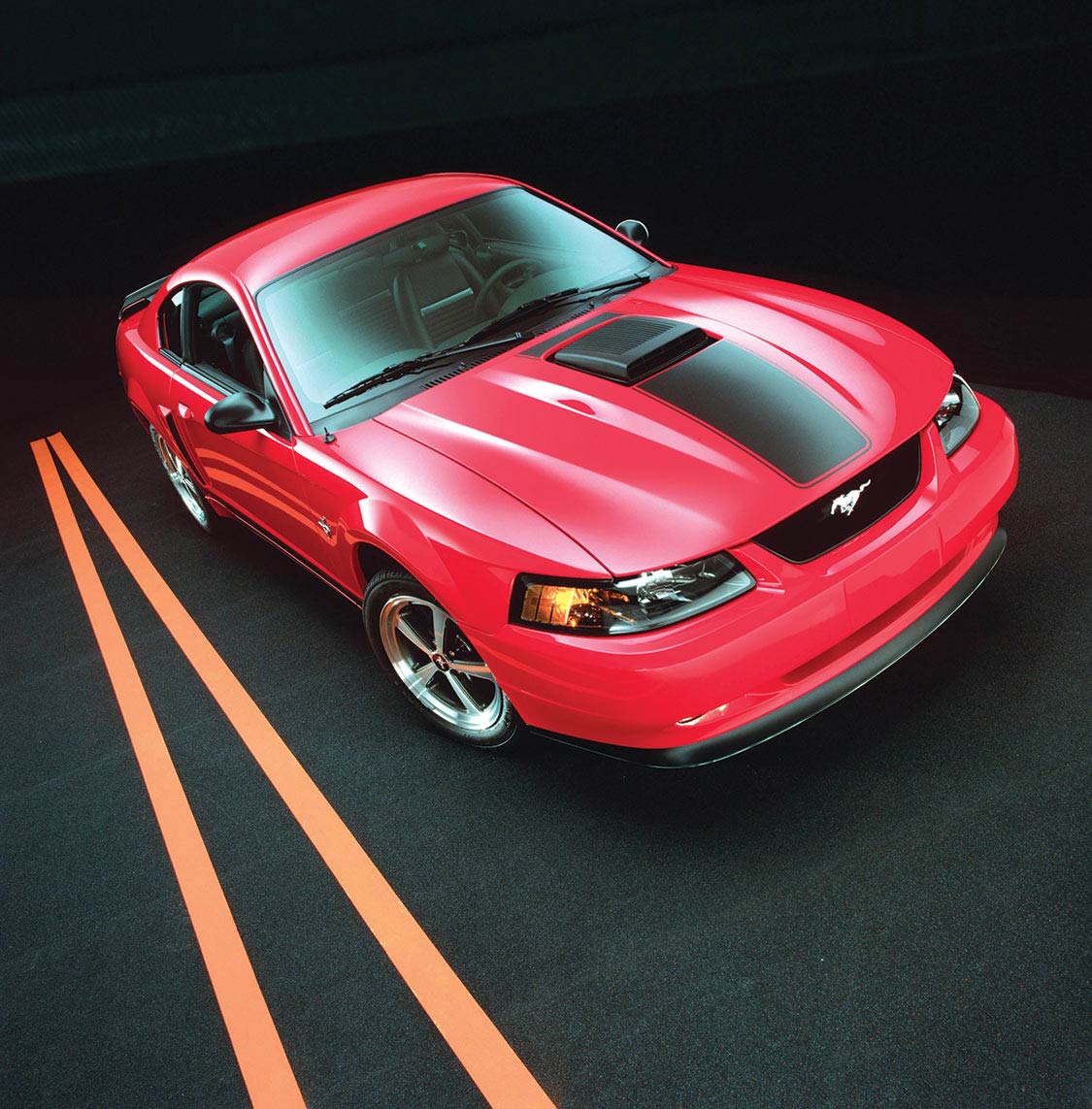
There are certainly more makes and models that could be included, such as the Ford Falcon, Chevrolet Nova, Dodge Dart and AMC Javelin, all of which may not have reached their floor yet. These comments and prices are meant as a guideline as values vary due to wear, weather and regional availability. Whatever your thoughts or intentions, it pays to research your market prior to purchasing.
Share Link